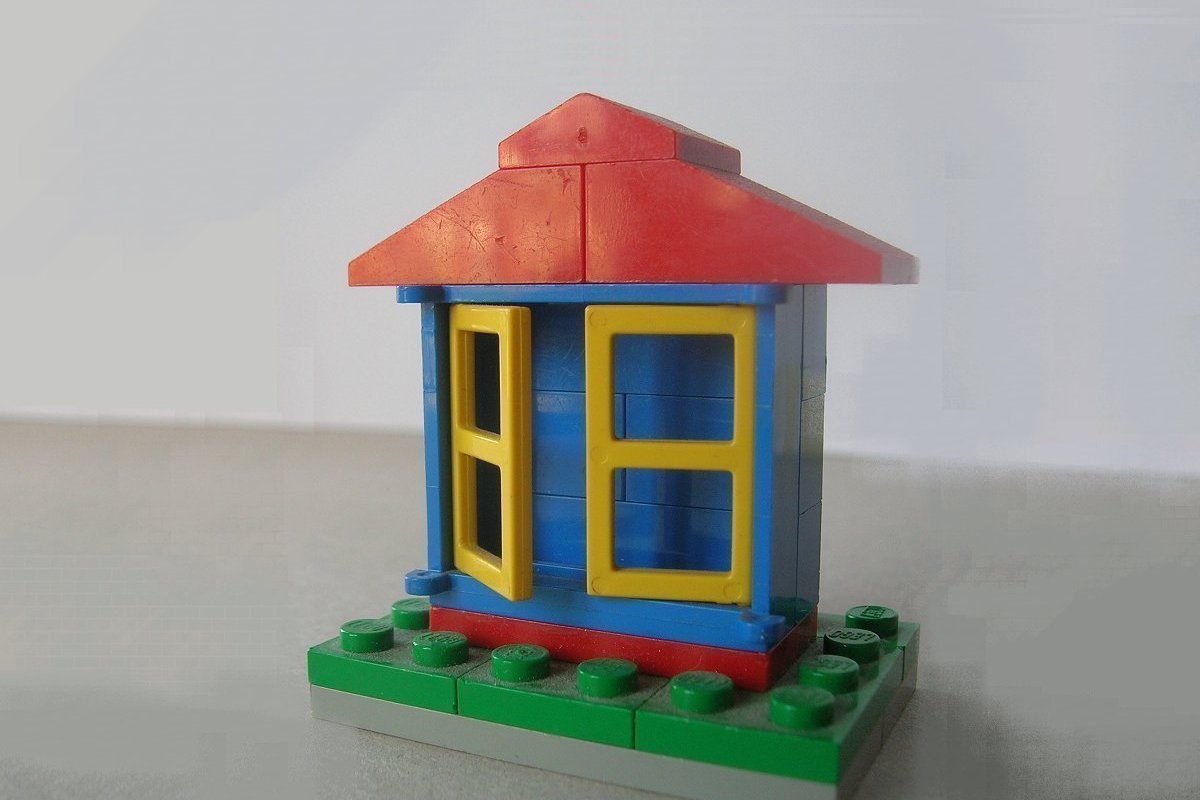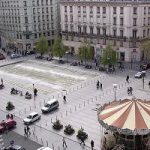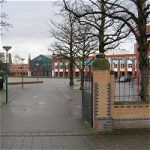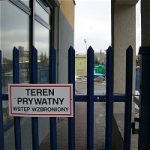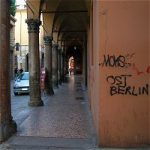Cases from Safe Places (Veiligwonen.nl)
Adopted from: Safe Places (‘Veiligwonen.nl/safeplaces’ 1990/1998-2016)
Safe Places (Veiligwonen.nl) promotes a non-technocratic approach to safety. The corresponding cases and projects address safe living, working, playing and being.
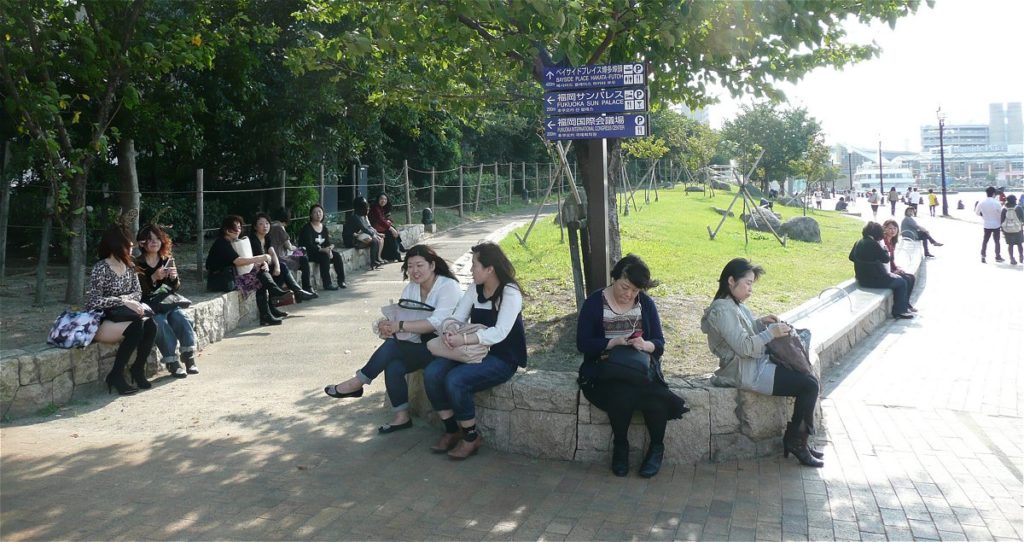
July 2016 Safe Places (Veiligwonen.nl) incorporated in Favas.net. This page provides an overview of some Safe Places projects.

CPTED (Crime Prevention through Environmental Design) for Polish cities (2015)
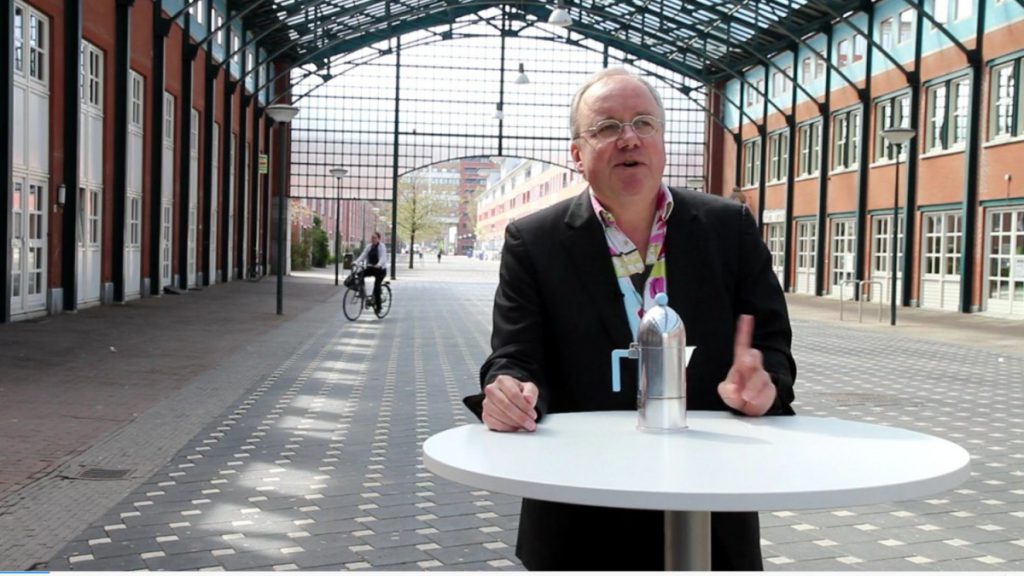
Urban planning and safety (2013)
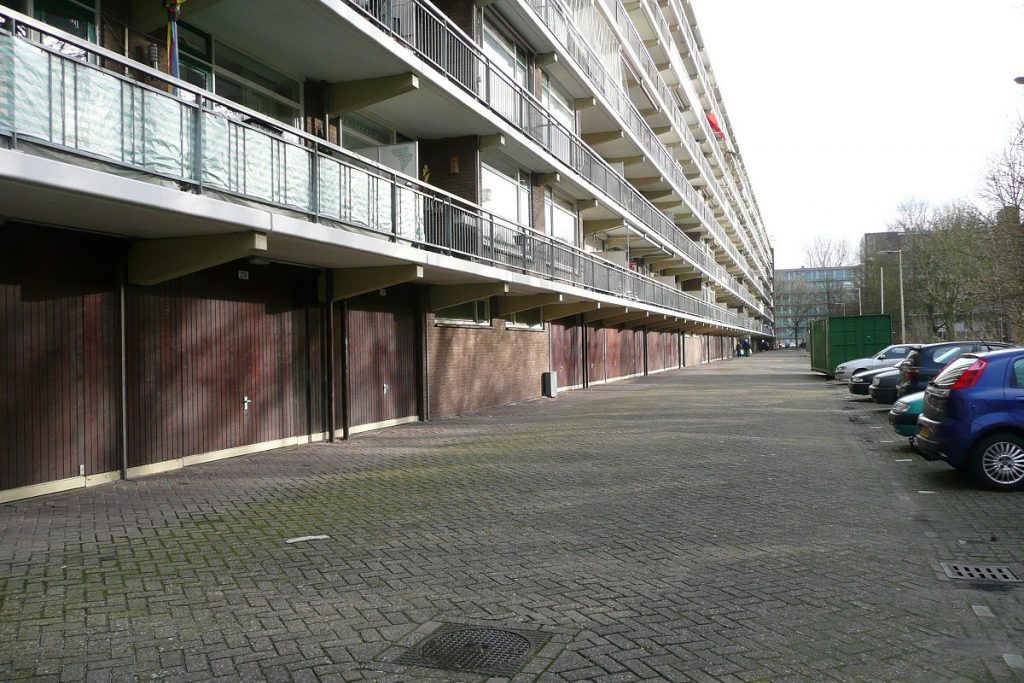
Prinsenhof (regio Haaglanden), schouw/controlelijst (2012) (in Dutch)
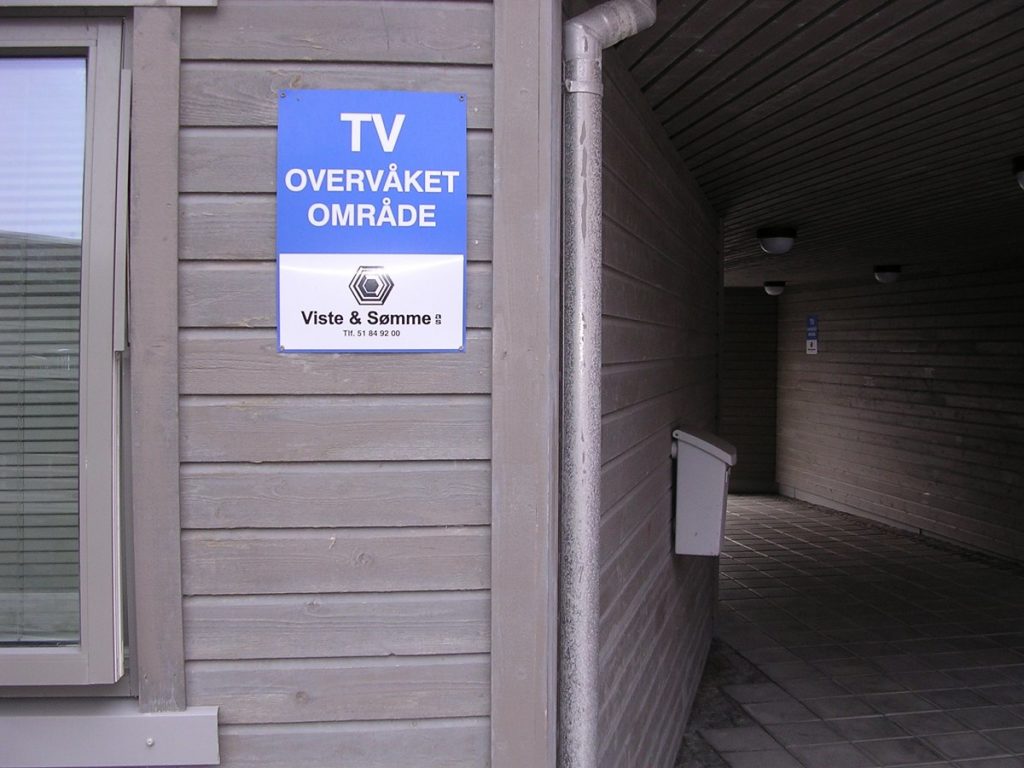
Building social safety – interview (2007)
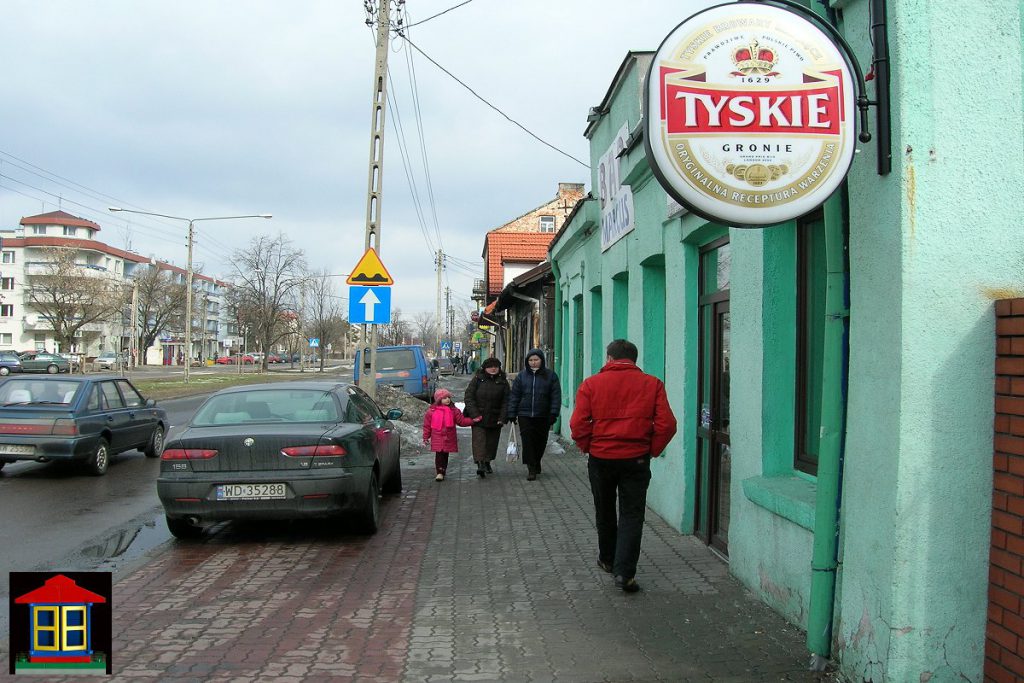
Private and public safety in Warsaw, Poland (2006)

Bologna’s pieces of art, or violent tags, Italy (2006)

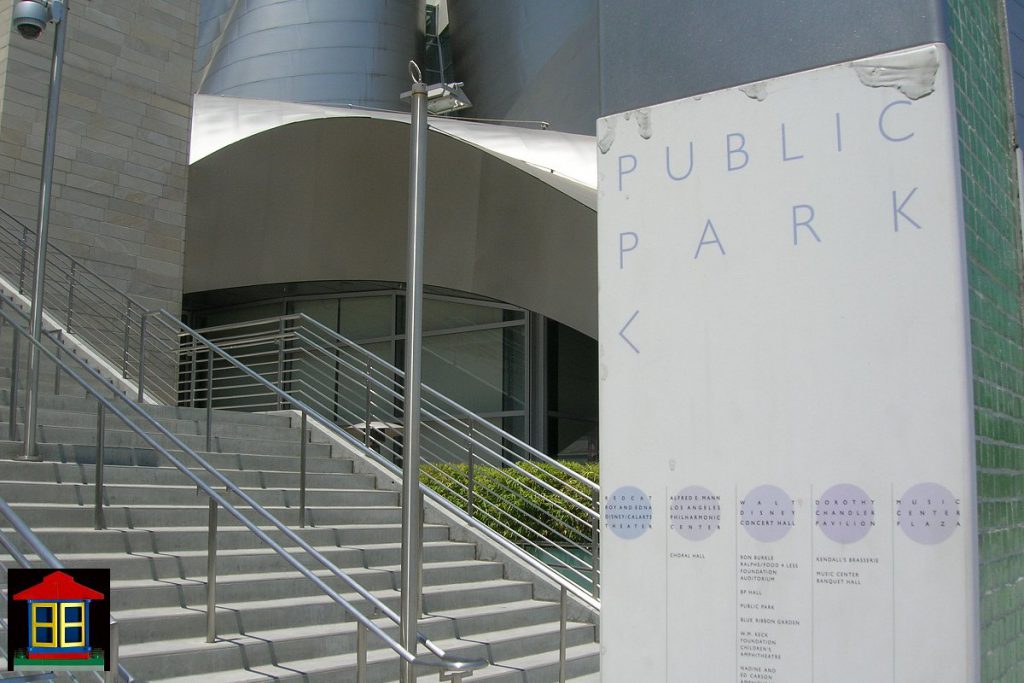
Safety is no chewing gum, research/speech, (2003)

Precedent-based crime prevention

Precedent Documentation & Registration – Predore (1993-2020)
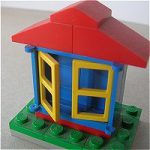
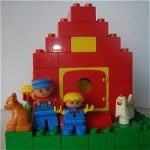



Cases not yet accessible:
On checklists and handbooks social safety (1991-2016)
On ‘defensible space’ (2008-2009)
About ‘The Citizen’s Handbook’ (2002-2016)
Safe living and Lego (1998-2016)
Faves.net and Safe Places (Veiligwonen.nl) promote a non-technocratic approach to safety. The corresponding cases and projects address safe living, working, playing and being.
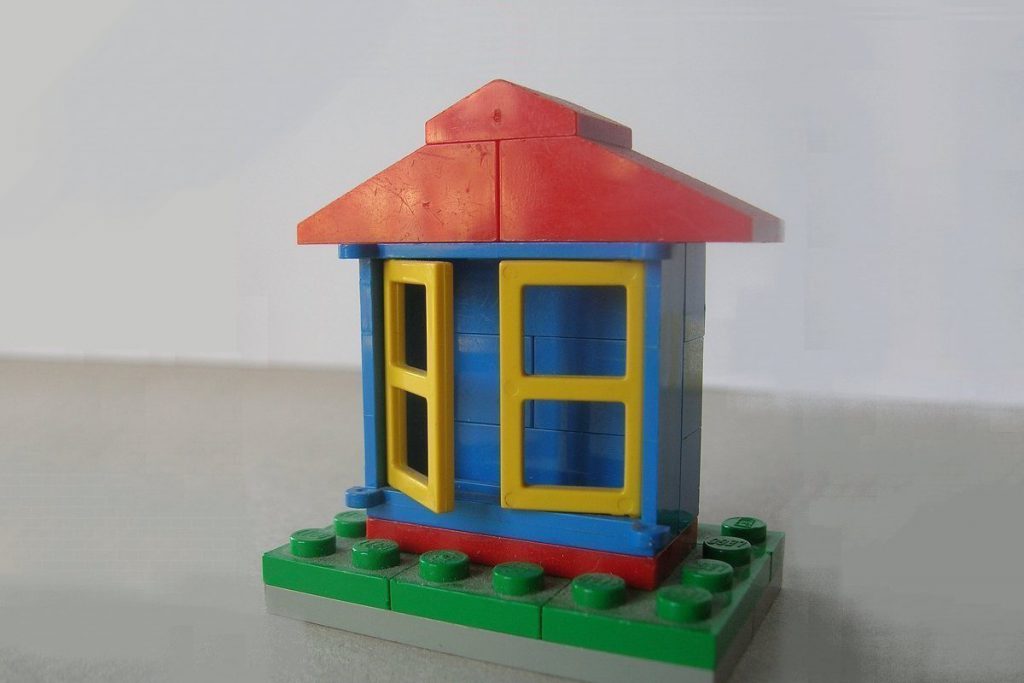
Veiligwonen.nl / SAFE PLACES
The Dutch concept of ‘veilig wonen’ can literally be translated as ‘safe living’. Finally, ‘Safe Places’ was chosen as the English name. This translation is based on research by the Council for Scientific and Industrial Research (CSIR) in South Africa. In the late 90s, we worked together here with Susan Liebermann and Tinus Kruger on crime prevention. The concept ‘safe places’ is derived from their manual (with Karina Landman) ‘Designing Safer Places’ (CSIR, Pretoria, South Africa, 2001). Beware, the term ‘safe places’ should not be confused with the fashionable phenomenon of ‘safe spaces’ that is common in many of today’s American universities.

